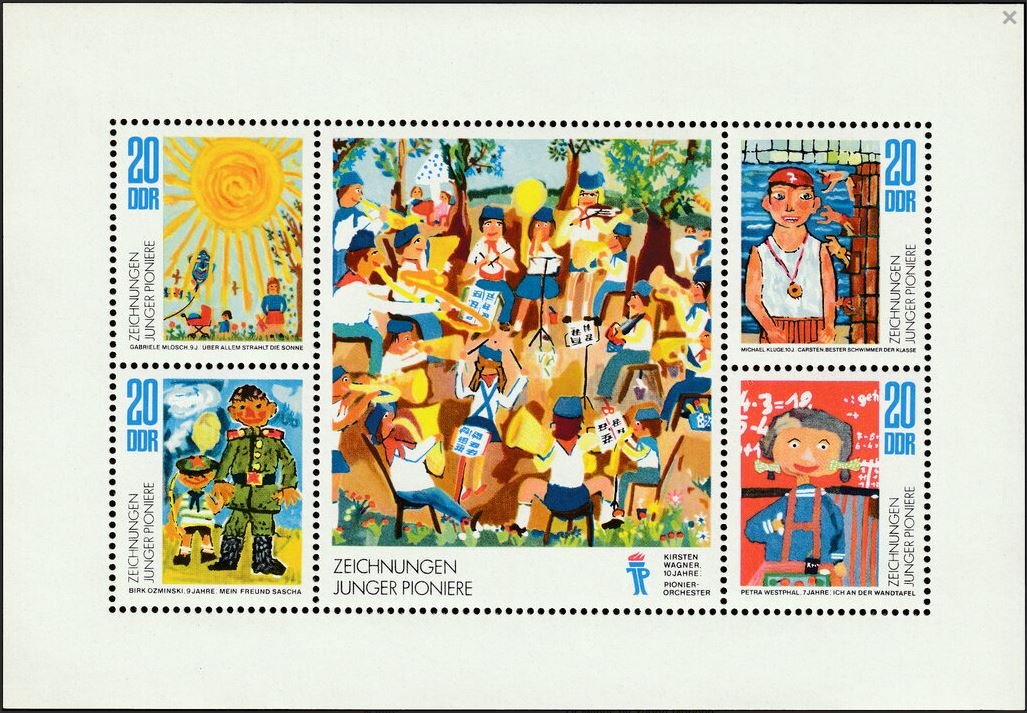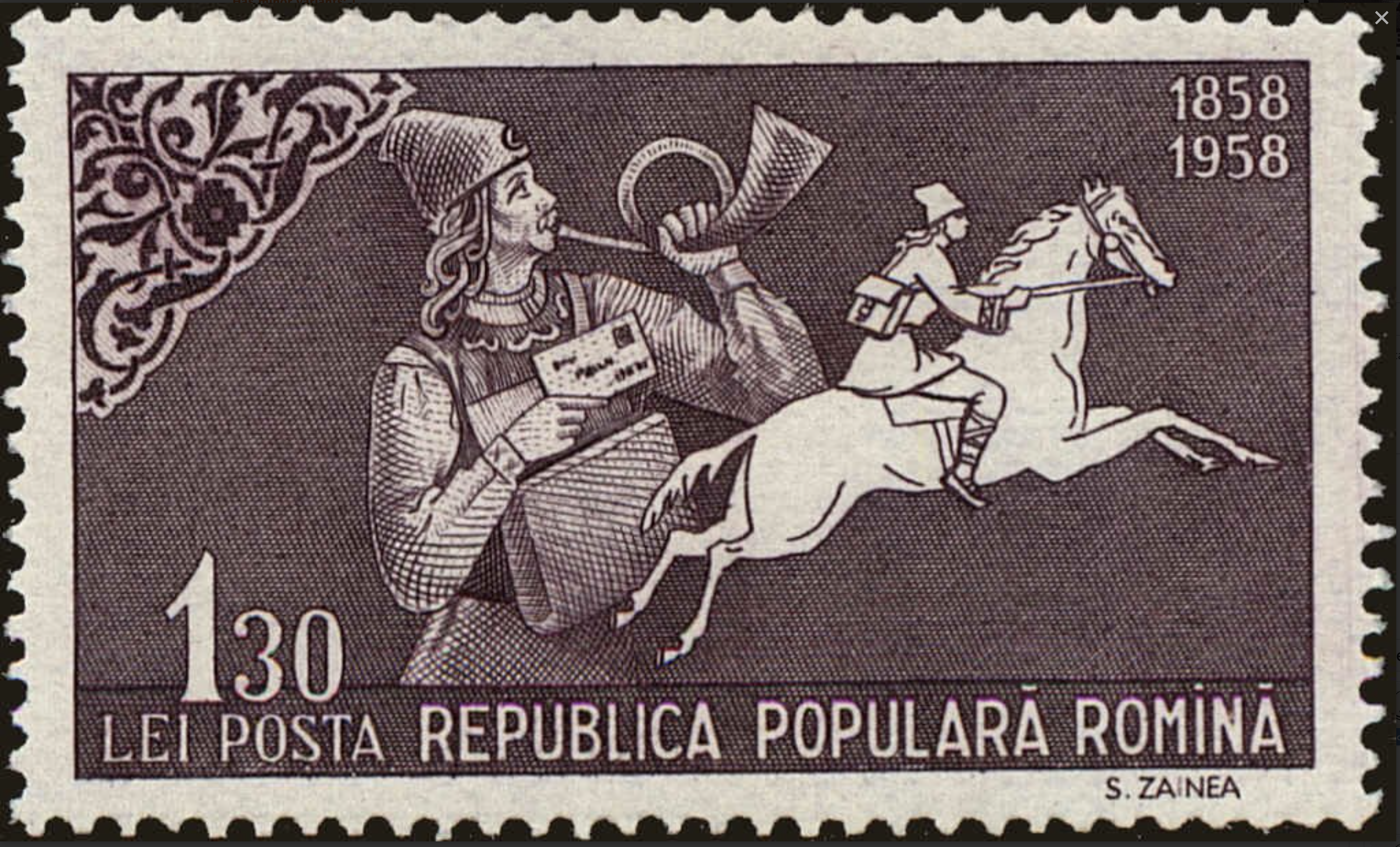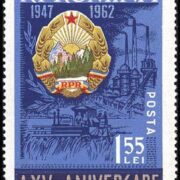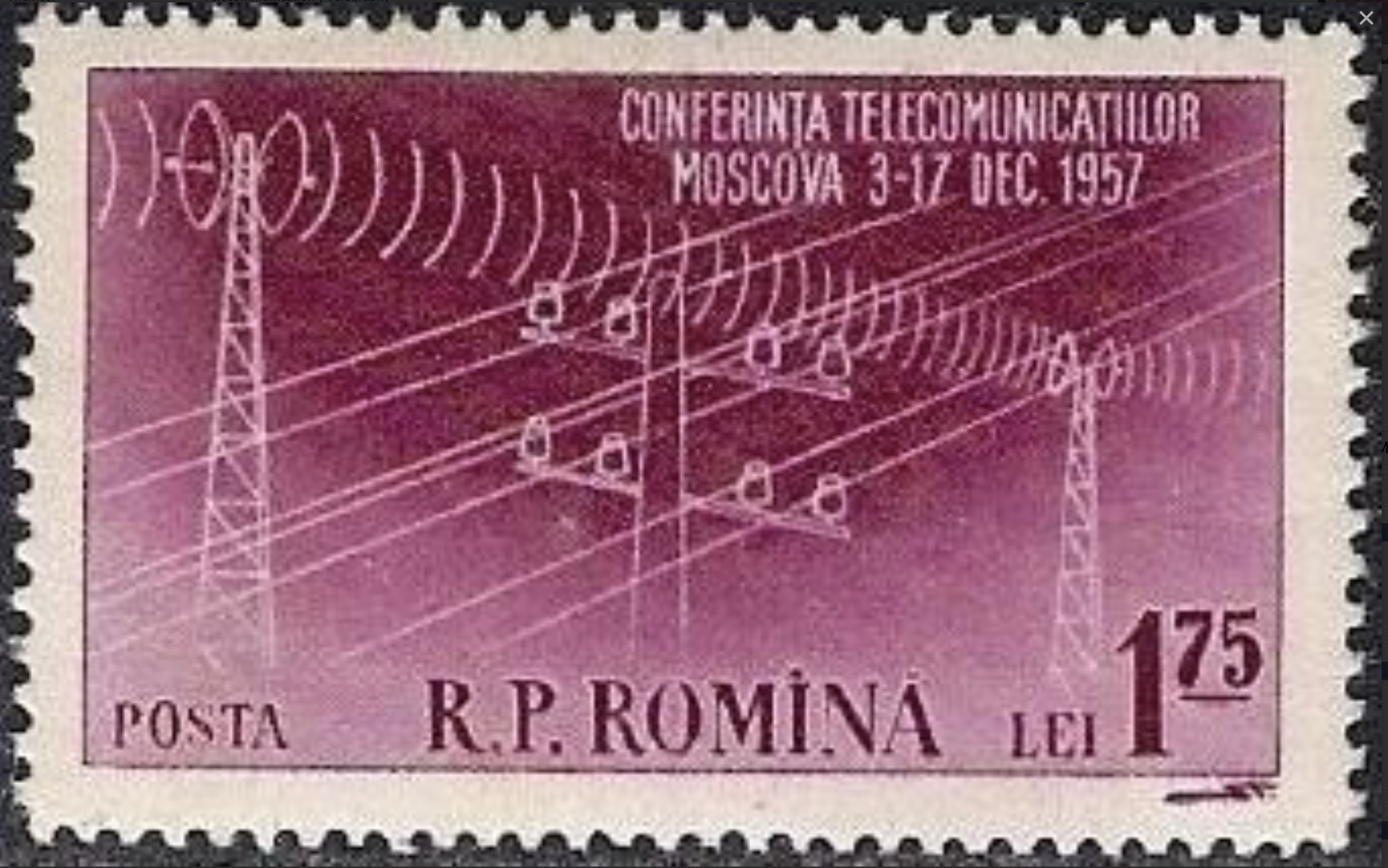Czechoslovakia #2112 (1977) – Cyclists and Modern Buildings
$0.50
Czechoslovakia #2112 (1977) – Cyclists and Modern Buildings
Description
Czechoslovakia #2112 (1977) – Cyclists and Modern Buildings
Commemorates the 30th International Bicycle Peace Race Warsaw-Berlin-Prague
The International Bicycle Peace Race, also known as the Peace Race or Course de la Paix, was a major cycling event that took place annually in Central and Eastern Europe. The race was first held in 1948, initiated by the newspaper “Rude Pravo” from Czechoslovakia, as a means of fostering international friendship and understanding during the Cold War era.
The race typically covered several stages, spanning across countries such as Czechoslovakia, Poland, East Germany, and occasionally other Eastern European nations. It attracted some of the best cyclists from both amateur and professional ranks. The event gained significant prestige over the years, often being compared to the more famous Tour de France.
Despite its origins as a symbolic gesture of peace and cooperation, the Peace Race became highly competitive and was used as a platform for showcasing the athletic prowess of participating nations. It was a crucial event in the cycling calendar, and winning it was a prestigious achievement for any cyclist.
However, with the fall of the Iron Curtain and the subsequent political changes in Eastern Europe, the Peace Race began to decline in significance. The last edition of the race was held in 2006, marking the end of an era in cycling history. Although various attempts have been made to revive the event, none have been successful in recreating its former glory. Nonetheless, the International Bicycle Peace Race remains an important part of cycling history, remembered for its unique blend of sportsmanship and political symbolism.
Ready to ship in 3-5 business days from United States (US)
Additional information
| Condition | |
|---|---|
| Country | |
| Scott Number | |
| Stamp Format | |
| Stamp Type | |
| Year of Issue |














